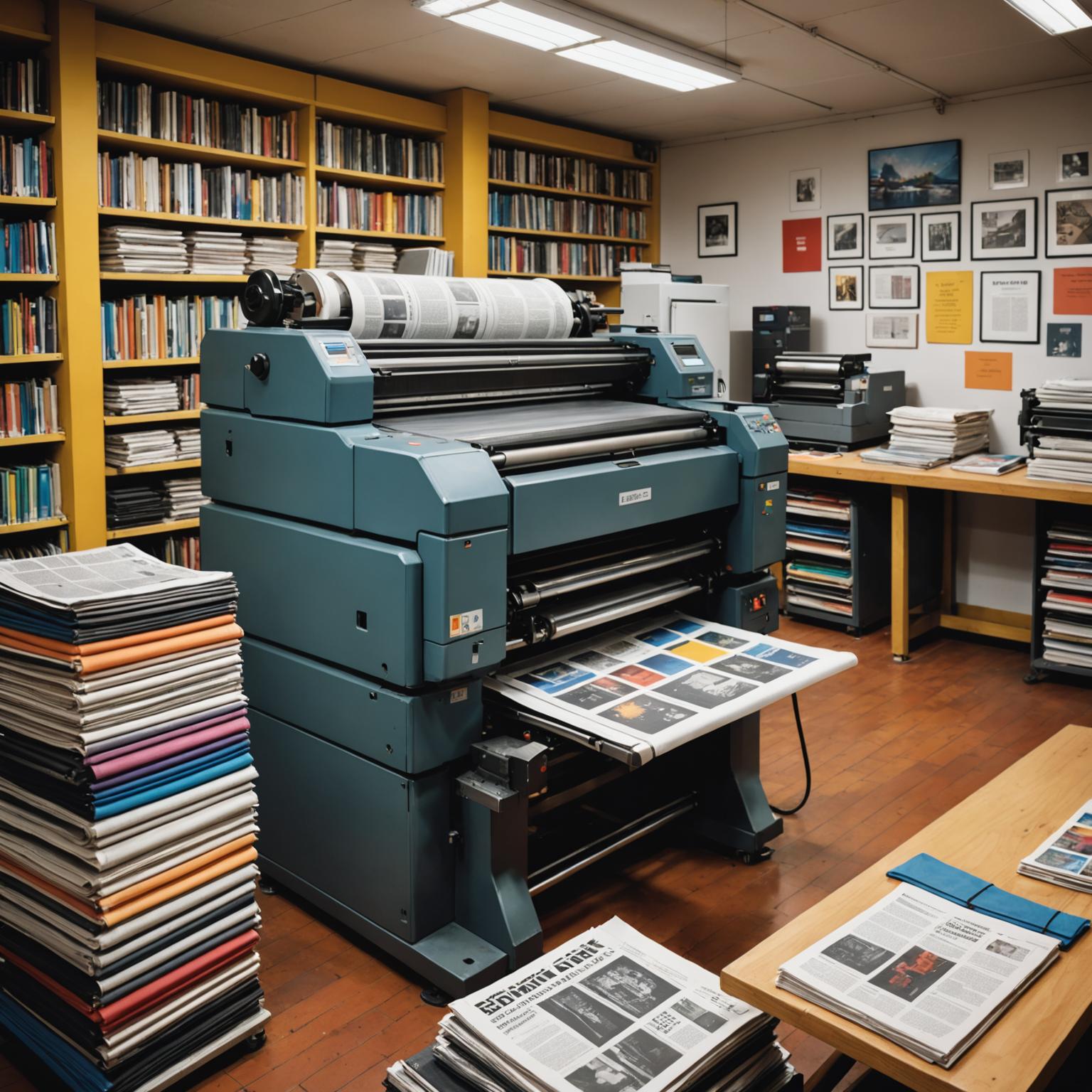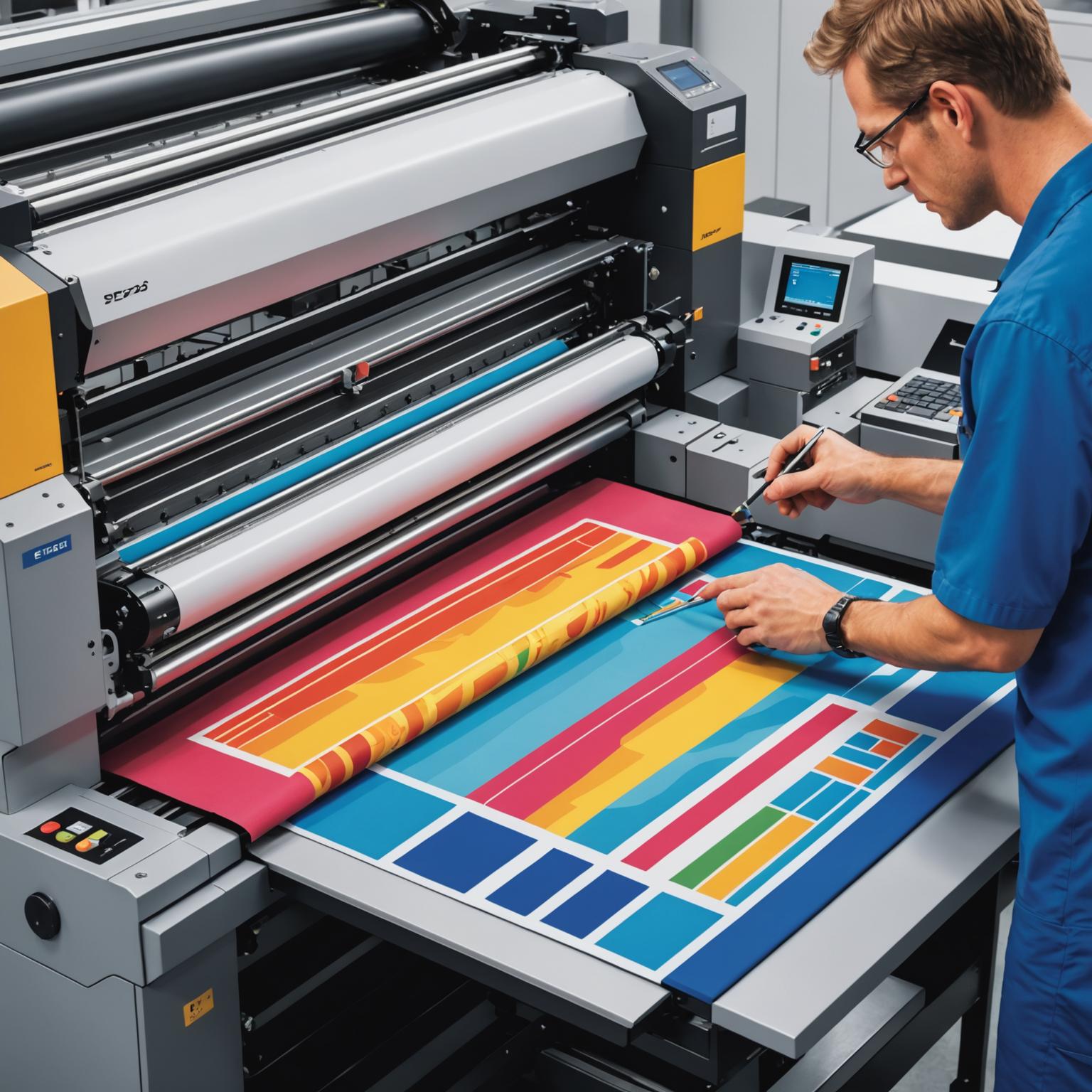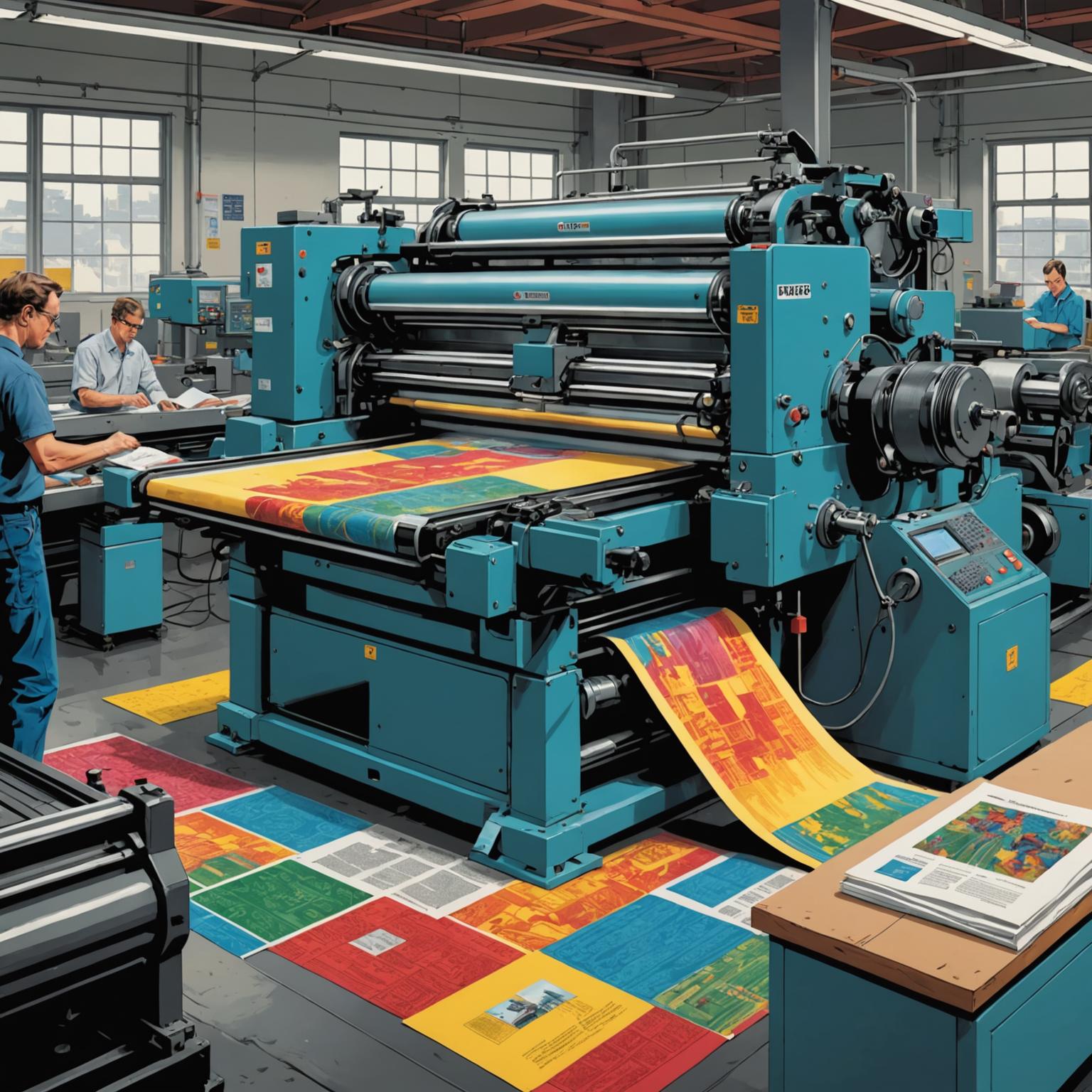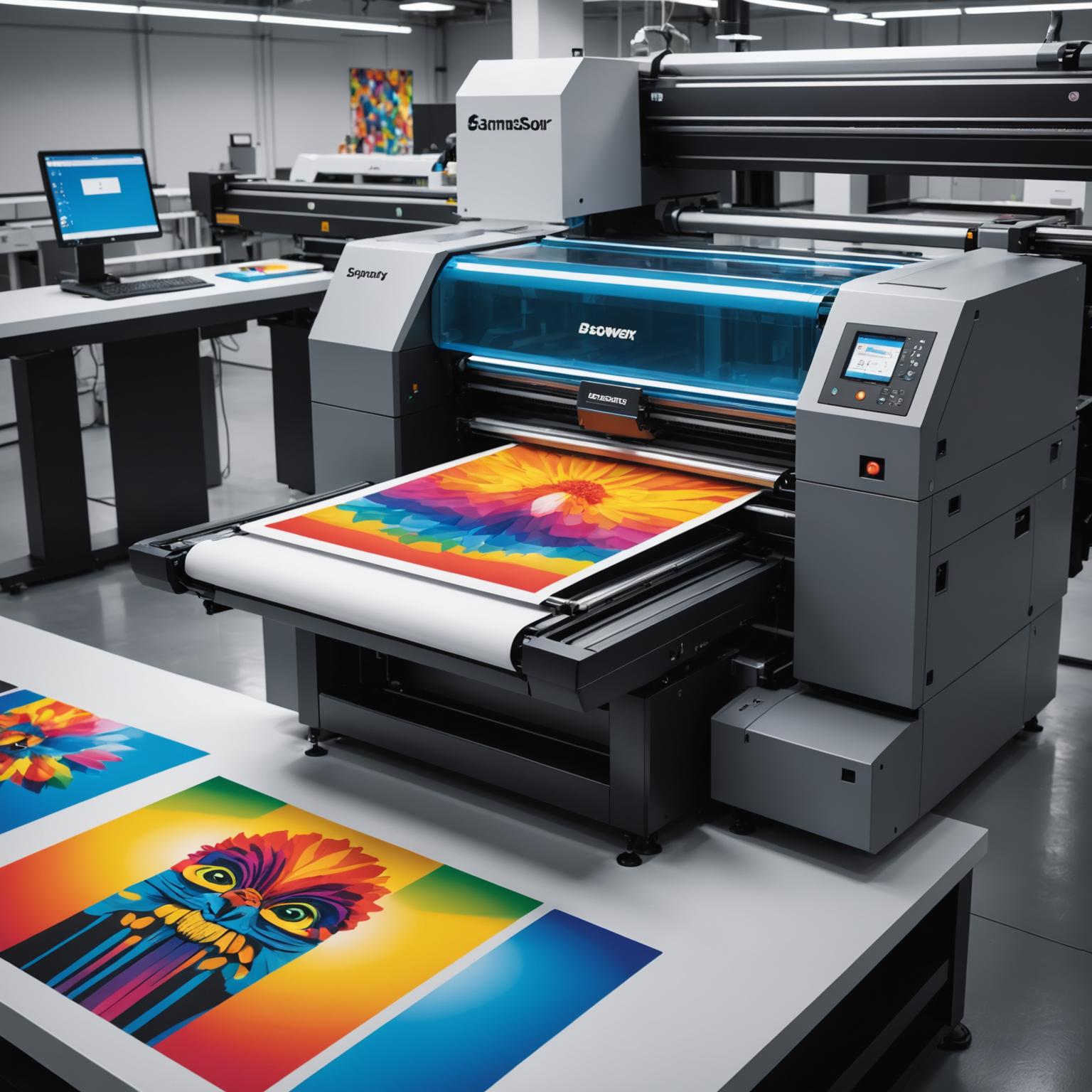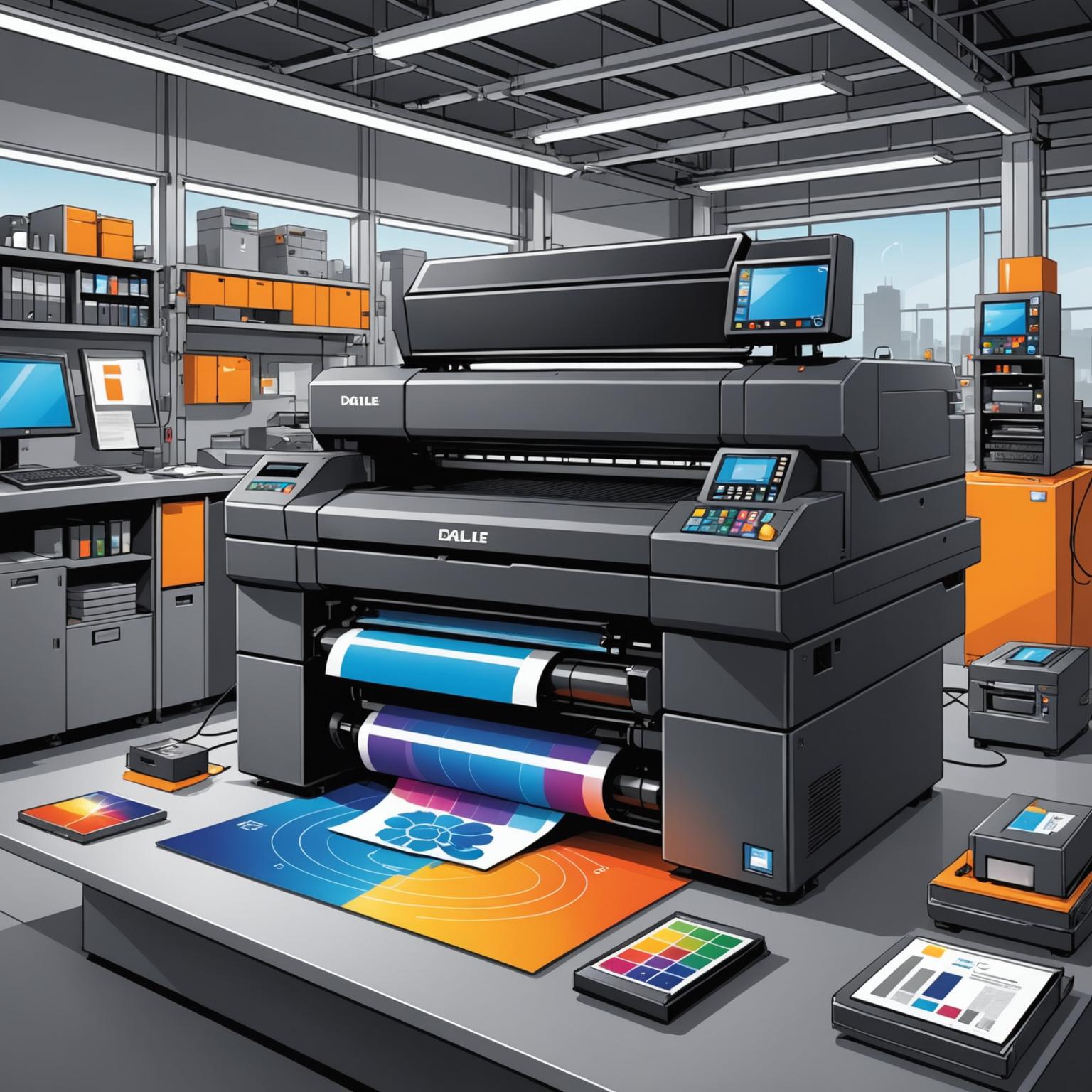In the vast world of packaging, logistics, and product identification, few materials have been as transformative as Self-adhesive paper. This versatile product, often referred to as a pressure-sensitive adhesive (PSA) label, has become an indispensable part of modern commerce due to its ease of use and adaptability. It consists of multiple layers working in concert to provide a simple peel-and-stick solution that can be applied to nearly any surface, streamlining processes from manufacturing to retail and beyond.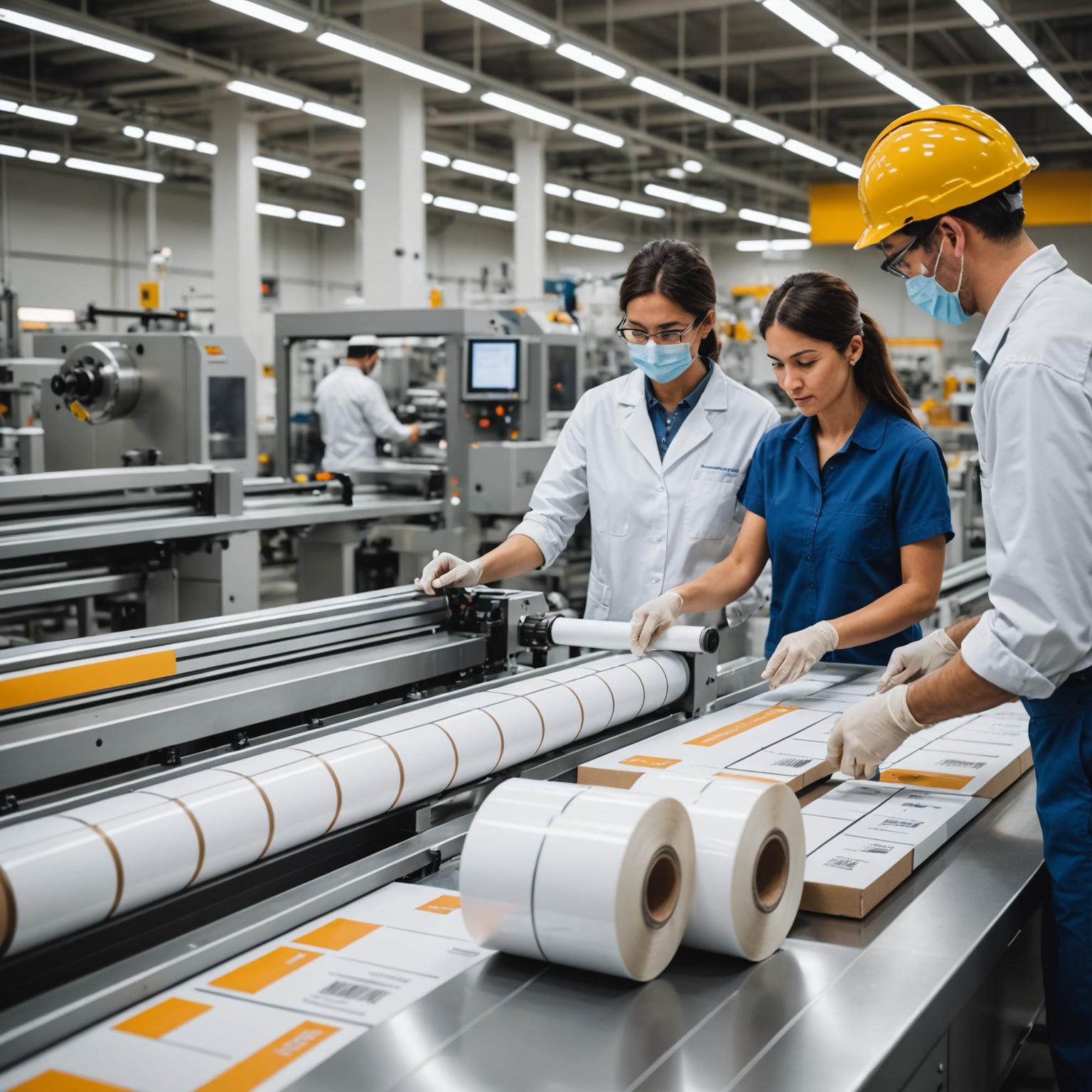
Understanding the Anatomy of Self-adhesive Paper
To appreciate its functionality, one must understand the structure of a typical self-adhesive label. It is a composite material made up of three primary components. The first is the face stock, which is the top layer where information is printed; it can be made from paper, polypropylene, polyester, or other materials depending on the application's requirements. The second layer is the adhesive, a pressure-sensitive glue that allows the label to stick to a surface without heat or solvents. Finally, there is the release liner or backing paper, a silicone-coated layer that protects the adhesive and allows for easy removal of the label before application. The quality of each layer is critical to the overall performance of the final product.
The Evolution Towards New Performance Labels
The demands of modern industries have pushed the boundaries of traditional label technology, leading to the development of what is known as a New performance label. These are not your average paper labels; they are engineered to withstand harsh conditions, including extreme temperatures, moisture, chemical exposure, and UV light. Industries such as pharmaceuticals, automotive, electronics, and specialty foods require labels that maintain their integrity and readability throughout the product's entire lifecycle. This need for durability and reliability has driven significant innovation in both the face stock materials and the adhesives used, creating labels that are more robust and functional than ever before.
Backing Paper: The Unsung Hero – Why Glassine?
While the face stock and adhesive often get the most attention, the release liner is a crucial component, especially in high-speed, automated applications. A popular and high-quality choice for a liner is Backing paper:Glassine. Glassine is a supercalendered paper, meaning it has been processed to be extremely smooth, dense, and air-resistant. Its exceptional smoothness ensures a uniform adhesive coating on the label, which is essential for consistent performance. Furthermore, the strength and stable caliper (thickness) of Glassine make it ideal for the precise process of die-cutting and for high-speed automatic dispensing, as it resists tearing and provides a flawless release every time. Its translucency can also be an advantage for certain optical sensors used in automated applicators.
Applications Driving Innovation in Label Technology
The synergy between advanced materials is what makes a modern New performance label effective. For instance, in the cold chain logistics of food and pharmaceuticals, a label must adhere to frozen surfaces without failing. This requires a specialized low-temperature adhesive combined with a durable face stock. The success of its application, however, often depends on a reliable liner like Backing paper:Glassine, which ensures the label can be dispensed quickly and cleanly from a roll in a fast-paced production environment. This intricate system highlights how the entire Self-adhesive paper construction must be optimized for a specific end-use, creating a product that is far more than the sum of its parts.
The Future of Labeling Materials
As technology advances, so does the science behind labeling. The journey from simple paper stickers to sophisticated solutions demonstrates a continuous drive for improvement. The focus on components like specialized face stocks and a reliable liner, such as Backing paper:Glassine, is central to creating the next generation of labels. Future trends point towards greater sustainability, including thinner liners, recycled materials, and wash-off adhesives that facilitate container recycling. These developments ensure that labels will not only continue to perform under challenging conditions but will also align with the growing global emphasis on environmental responsibility.


